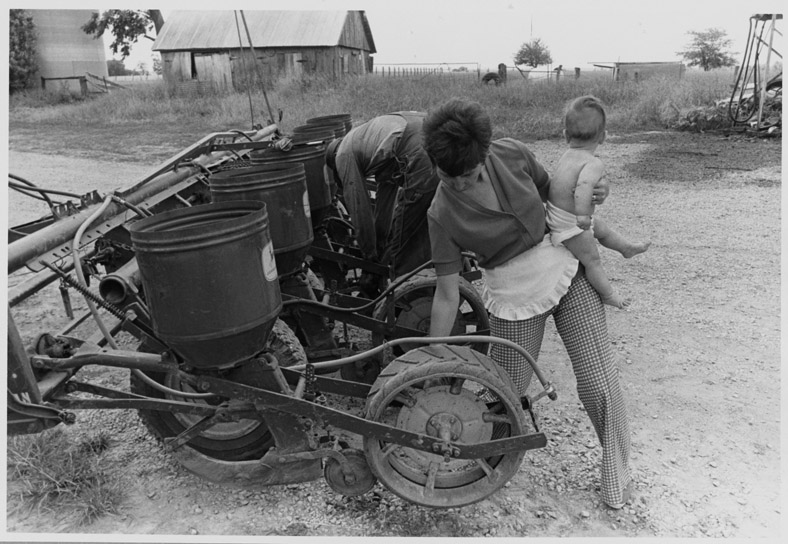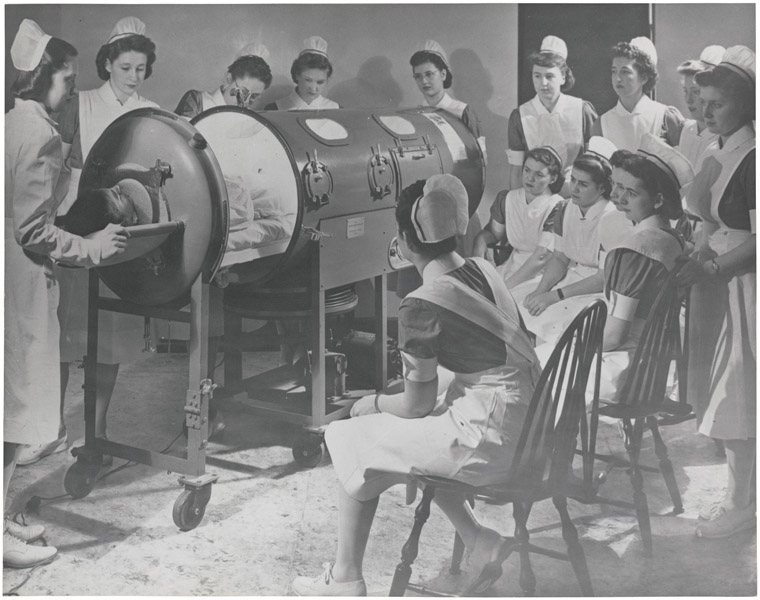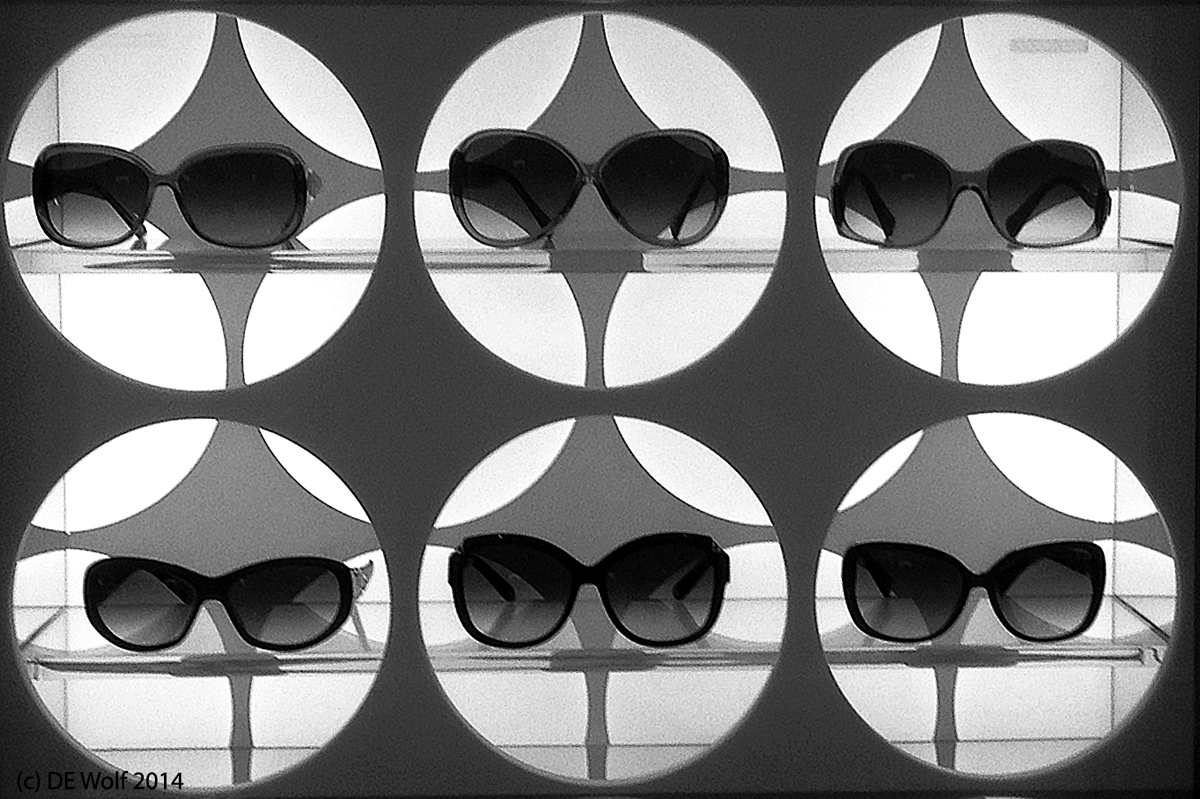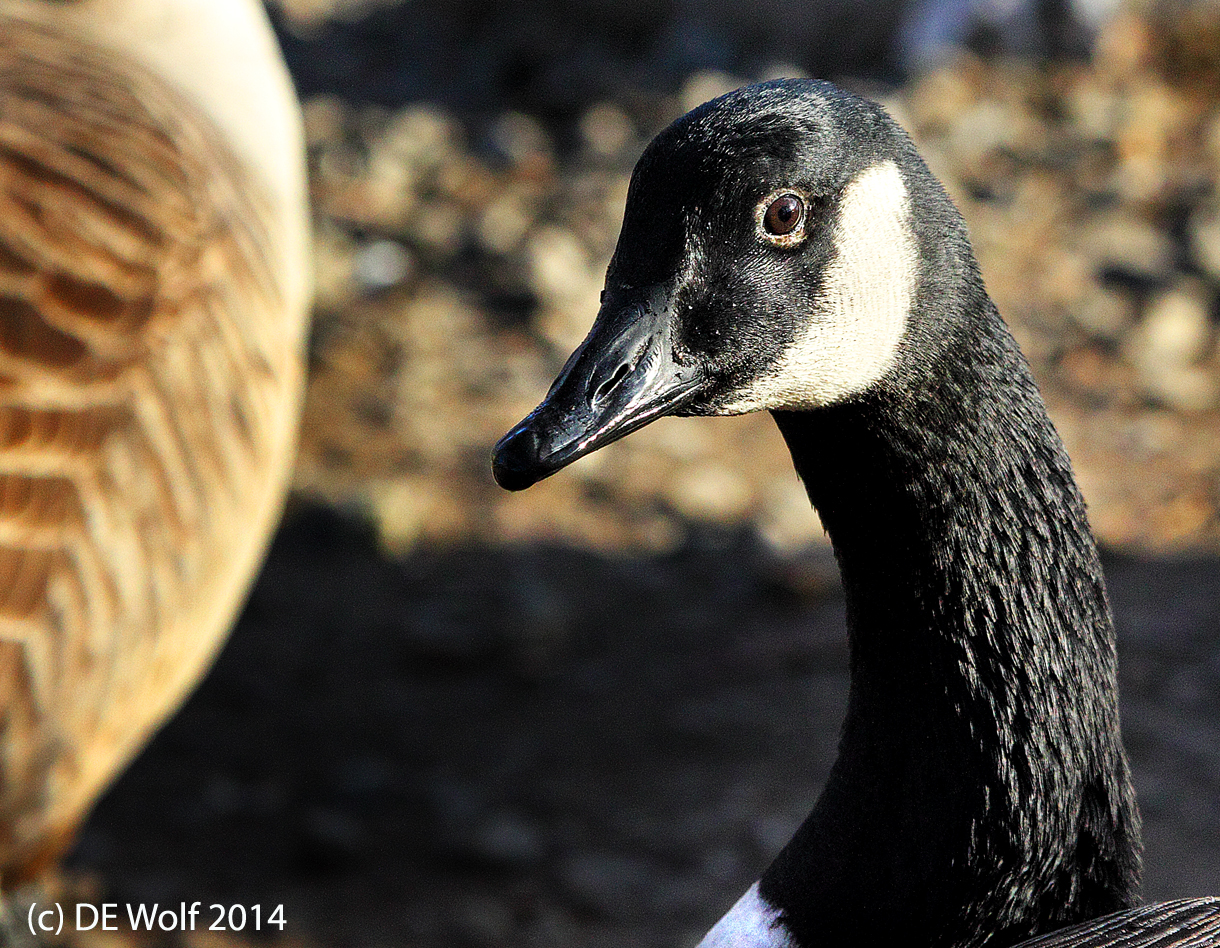Today is December 2014, which means that it is time for the annual “Favorite Photographs” feature. I’ve been thinking about this over the last two months or so and I’ve started to question exactly how many favorite photographs I can have without diminishing the whole thing. So I’m going to do this a little differently this year and make the series a combination of not only true favorites but also noteworthy images. For the noteworthy part, I thought that I would focus on images that are, I hope, just a little bit what I like to call quirky – something unexpected. The goal overall is to choose images that bring a smile: a smile of recognition, a smile of amusement, or the smile of common humanity that great art elicits. As always, it is my intent not to violate copyrights. As a result, some of these images, like today’s, will be links.
So to begin with, this past Thursday I was reading on the BBC about the untimely death of Mandy Rice-Davies. Ms. Davies, a former model was one of the main figures in the 1960s “Profumo affair.” Davies and her roomate Christine Keeler were at the center of a scandal which almost brought down Harold Macmillan’s government.
In 1961 Keeler met society osteopath and artist Stephen Ward. Ward introduced Keeler to John Profumo, the Secretary of State for War, at a pool party at Cliveden, the Buckinghamshire mansion owned by Lord Astor. The affair was short-lived because Profumo was warned by the security services of mixing with the Ward circle. Through Ward, Profumo also met Russian naval attaché and intelligence officer, Yevgeni Ivanov, with whom Keeler claimed to be briefly involved. After her relationship with Profumo ended, two of Keeler’s partners became involved in a violent jealous quarrel. This had the unfortunate effect of bringing Ms. Keeler into the public eye, more significantly the press’ eye, which led to the “Profumo affair,” the scandelous involvement of the Secretary of War with a woman also involved with a Soviet spy. Keeler initially denied all improriety but eventully confessed. Profumo was forced to resign both from the government and parliament. The “Profumo Affair” is reminiscent of the Lewinski scandal of the 1990’s. Keeler caught up in the drama and power-play ultimately served a prison term for perjury.
All of this would have nothing to do with photography except that a that height of the public uproar in 1963, Keeler sat for a portrait by Lewis Morley to promote a movie about the scandal. Ms. Keeler was reluctant to pose in the nude, but the film producers insisted. As a compromise, Morley persuaded Keeler to straddle a chair, thus obscuring most of her body. The result was “Lewis Morley “Christine Keeler, 1963.”
In reading Ms. Rice-Davies obituary all of this came back to me, and I found myself seeing this image of Christine Keeler again after fifty years. It is like a time capsule, and I believe that it represents a commentary on how women were treated in photographs fifty years ago, and to a large extent today. Indeed, it struck me that a series exploring the different, but so very often stereotypically, they have been treated since the invention of photograph would be an interesting endeavor.
Morley’s portrait is photographically excellent and well done – really a masterpiece of black and white portraiture. Ms. Keeler seems to emerge from the darkness as if spotlighted in a most alluring pose. The nudity speaks both of seductress and victim. That is a common ambiguity. The image brings to mind the contemporary drama Rosencrantz and Guildenstern Are Dead by Tom Stoppard. The characters of that play also occupy the darkness of the stage until those moments when the play Hamlet catches up with them and they briefly emerge from the shadows into a brilliant light to play their minor parts among the greater players.




